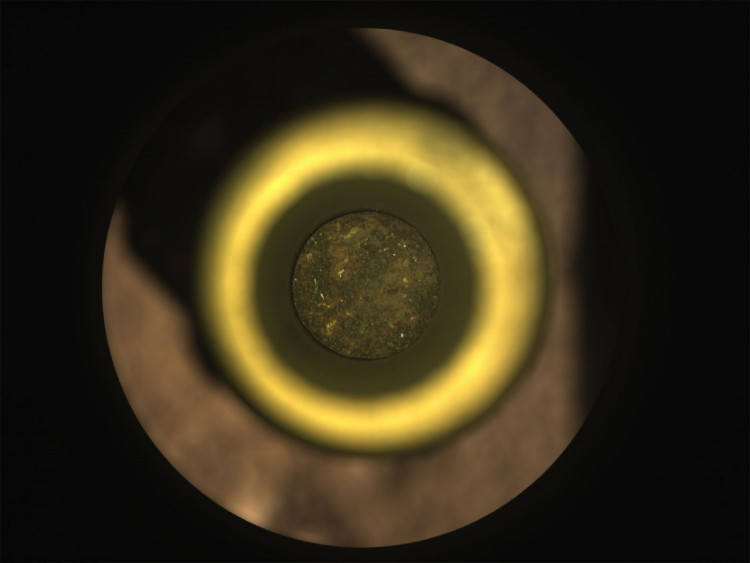Mission team members revealed today through Twitter that NASA's Perseverance Mars rover drilled into another Martian rock and socked away the resulting core. Perseverance has recovered seven drilled samples since landing on the bottom of the Red Planet's Jezero Crater in February 2021.
One of Perseverance's two main missions, along with seeking clues of ancient Mars life, is collecting samples for future return to Earth. According to mission team members, the 28-mile-wide (45-kilometer) Jezero once had a lake and a river delta, making it an ideal location for such activity.
River deltas on Earth are excellent at retaining traces of life as we know it, as well as life's fundamental building components, carbon-containing organic molecules. Members of the Perseverance team are so eager to examine the remnants of the Jezero delta, and they want to do so soon.
"I plan to get one more sample here before heading on toward the ancient river delta," Perseverance said in today's tweet, assuming the voice of the rover, as NASA usually does.
Perseverance spent its first year on Mars studying the crater floor to the south and west of its landing site, named after science fiction author Octavia Butler. The rover is presently returning to the touchdown zone, on its way to a section of the old delta that is accessible.
With the help of Ingenuity, the 4-pound (1.8 kg) aircraft that arrived with Perseverance last year, the Perseverance team is planning the rover's course. Ingenuity successfully completed its first mission, a five-flight technology demonstration campaign, and is presently scouting territory for the rover on a longer expedition. So far, Ingenuity has flown on Mars 20 times and is still going strong.
If all goes as planned, Perseverance will wind up gathering and storing several dozen Red Planet samples. This material will be delivered to Earth by a combined NASA-European Space Agency mission effort, possibly as early as 2031.
Scientists in labs around the world will be able to examine such samples much more precisely and in many more ways than a rover could on Mars alone, allowing us to "understand the history of Mars from a biological point of view," according to Brian Muirhead, NASA's Mars sample-return campaign lead.
The NASA-ESA plan, however, is not yet official, according to Muirhead, and specifics are still being ironed out. He stated that the campaign will be cost-constrained with a hard cap, though he did not specify what that cap will be.





